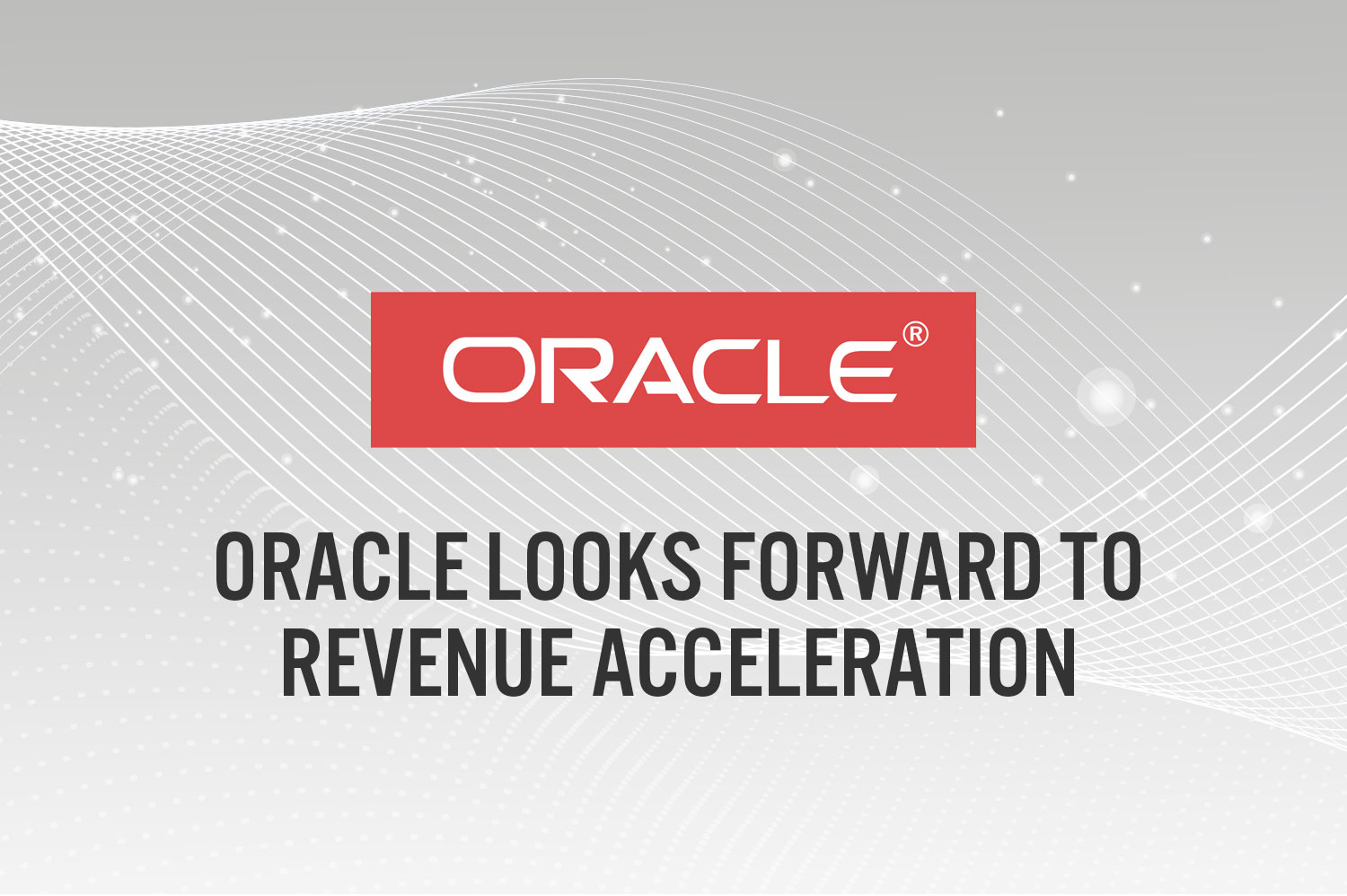
DIpil Das
On September 19, 2018, Oracle held its annual financial analyst meeting, which took place in connection with its OpenWorld conference, at the Moscone Center in San Francisco.
Chairman and CTO Larry Ellison’s Keynote: Autonomous Clouds Offer Security
In his keynote address at Open World, Larry Ellison laid out his vision for the “world’s first truly autonomous cloud,” which takes concepts behind self-driving cars and vehicles and applies them to cloud computing. These trends should create an Oracle database, infrastructure and other IT services that are more secure, reliable, flexible and cost-efficient compared to other cloud services. Autonomous systems should eliminate human error, which avoids accidents, which expose data to hackers. Further, Oracle Autonomous Database leverages machine learning algorithms to automatically and continually patch, tune, back up and upgrade itself without manual intervention – while the system is running.
For customers who want or need to manage their databases in their own data centers for regulatory or other reasons, Oracle plans to offer Gen 2 Exadata Cloud@Customer starting in mid-2020.
Safra Catz, CEO: Oracle Expecting a “Killer Year”
Catz began her remarks with a comment that she expects Oracle’s revenues to accelerate in a “killer year,” for the following reasons:
- Oracle is the only company that can offer a fully integrated, secure, performant, enterprise-grade, integrated stack from infrastructure through the database including an autonomous database, with applications, embedded AI and analytics. Catz highlighted the company’s Autonomous Database service as uniquely self-securing and self-patching – while remaining up and running. Even cloud competitor Microsoft has selected Oracle as a partner.
- Catz conceded that Oracle came late to the cloud infrastructure business, yet the company’s late arrival enabled it to create an architecture focused on security and performance.
- In applications, Oracle offers a secure platform and a secure infrastructure. The company also claims the broadest platform, with more than 100 software as a service (SaaS) modules, with embedded AI.
- Oracle is benefitting from the efficiency and effectiveness of moving to the cloud, as are its customers.
- Moving to the cloud has enabled Oracle to make smarter decisions.
- Moving its operations to the cloud has also enabled Oracle to get ahead of its competition and release new updates every 90 days.
- Oracle is rolling out new functions to delight users, such as a chatbot for expenses that uses optical character recognition and enables employees to reconcile expenses more easily.
- He stressed the need for having a complete suite of SaaS applications. Oracle updates every customer in more than 19,000 pods quarterly, and each application has more than 100 features.
- In customer experience, Oracle added a new application called CX Unity, which handles sales, service, marketing and the blending of data. In addition to Fusion, Oracle has enhanced NetSuite to support more than 30 countries and 50 new industry verticals.
- In technology, Miranda offered examples of Oracle’s use of machine learning in HR for candidate matching and making product recommendations in e-mail campaigns.
- Miranda discussed the company’s Oracle@Oracle story — how the company moved its own operations to the cloud and discussed two technologies: supporting blockchain, which the financial industry uses, and enhancements to the company’s Exadata database platform. Finally, the company’s autonomous database is self-provisioning, self-scaling and the new version is serverless and a new dedicated database product gives users a greater degree of control over the system.
- Oracle’s second-generation cloud infrastructure was launched in just one region three years ago, and the number of regions added has accelerated, adding one per month, increasing to 36 regions by the end of 2020.
- SaaS is fully integrated into Oracle’s Gen2 architecture, so Fusion and NetEase applications are available in both North America and Europe, for example.
- Johnson compared the flexible region launches to t-shirt sizes: from extra small to extra large.
- High-performance applications running on Oracles Gen2 cloud include Exadata (which is a high-performance hardware-software that runs Oracle’s database) and high-performance computing workloads that require high-clock systems with high-performance graphic processing units.
- Announced the availability of its AI-trained voice with Oracle Digital Assistant, which enables enterprise customers to use voice commands to communicate with enterprise applications, enriching the user experience with conversational AI.
- Announced the availability of an integration between Oracle Digital Assistant and Microsoft Teams, in which enterprise customers can access Oracle Cloud Applications through an AI-powered voice experience in Teams.
- Announced the Oracle Exadata Database Machine X8M, which combines memory and remote direct memory access over Converged Ethernet to remove storage bottlenecks and dramatically increase performance for demanding workloads such as online transaction processing (OLTP), analytics, IoT, fraud detection and high frequency trading.